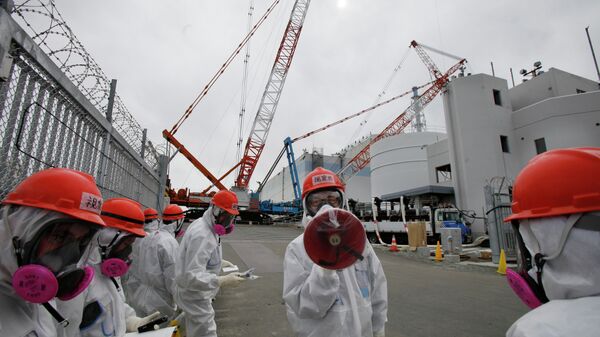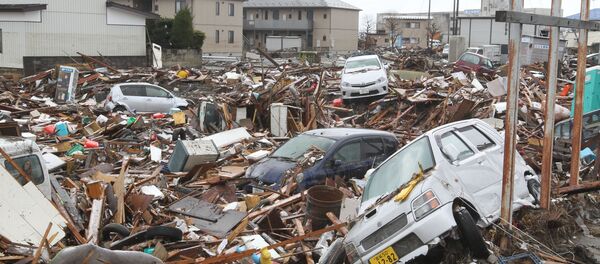In March 2011, a magnitude-9 earthquake triggered a tsunami in northeast Japan, offsetting the largest nuclear incident in the world since Chernobyl. The natural disasters led to the meltdown of three reactors in the Fukushima Daiichi power plant, creating toxic byproduct of radioactive water.
Some 140,000 people were evacuated from their homes within 12 miles of the plant, as the Japanese government rushed to decommission and decontaminate the area. Just over four years after the accident, Shinzo Abe’s ruling coalition has revealed plans to revoke many of these evacuation orders by March 2017, as the prime minister moves to speed up "reconstruction" in the area.
As part of the move to lift evacuation orders, the government additionally plans to cut off compensation to the nuclear refugees by 2018. It’s a move, according to experts, that amounts to coercing these victims back into a contaminated and unsafe area.
Cleanup efforts are underway in 11 cities near the site, and the International Atomic Energy Agency (IAEA) said that levels of radiation are being reduced. However, a study conducted by Greenpeace in nearby Iitate, a 75-square-mile forested district in the Fukushima prefecture, reveals that the results of cleanup efforts are not nearly as comforting.
Evaluation of the area found that radiation levels are still ten times more than the maximum deemed safe for the public. According to Greenpeace, the contamination remains "so widespread and at such a high level" that it would be "impossible for people to safely return to their homes."
"Prime Minister Abe would like the people of Japan to believe that they are decontaminating vast areas of Fukushima to levels safe enough for people to lie in," Jan Vande Putte, a radiation specialist with Greenpeace Belgium, said in a statement.
"The reality is that this is a policy doomed to failure. The forests of Iitate are a vast stock of radioactivity that will remain both a direct hazard and source of potential recontamination for hundreds of years. It’s impossible to decontaminate."
Putte further noted that a plan to eliminate compensation for nuclear refugees will essentially force people to live in a dangerous environment.
"Stripping nuclear victims of their already inadequate compensation, which may force them to return to unsafe, highly radioactive areas for financial reasons, amounts to economic coercion," he said. "Let’s be clear: this is a political decision by the Abe Government, not one based on science, data, or public health."
According to national polls, a clear majority of Japanese citizens are opposed to nuclear power, and many have staged protests and filed lawsuits against restarting any of the 54 nuclear reactors that were shut down after the Fukushima disaster.
Despite the overwhelming opposition, Abe’s Liberal Democratic Party announced plans to have 20% of the country’s electricity to be nuclear powered by 2030.




